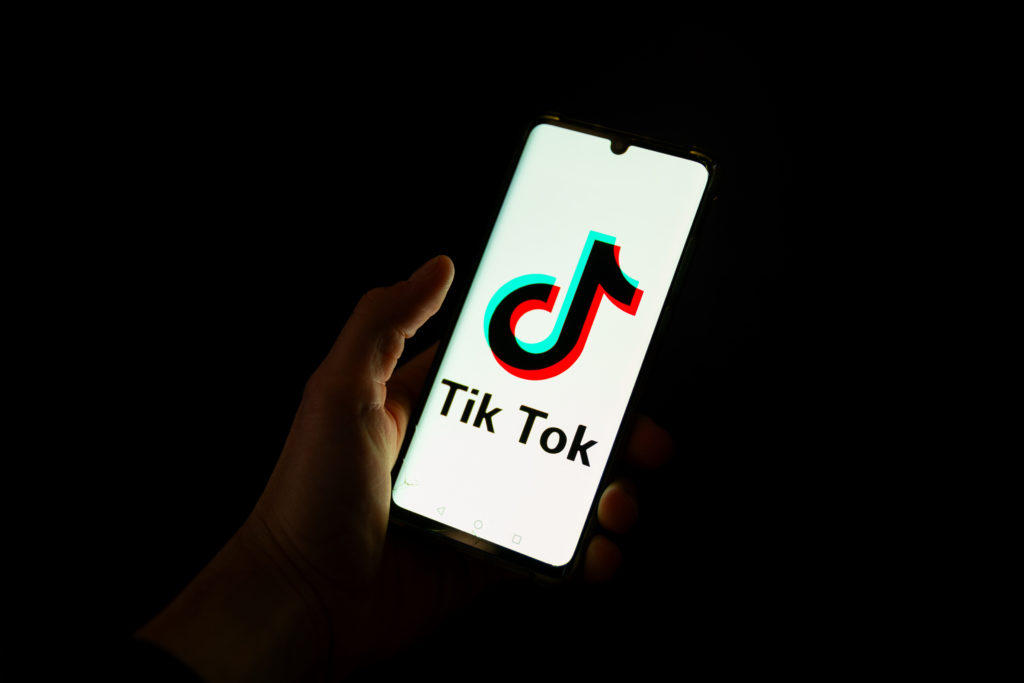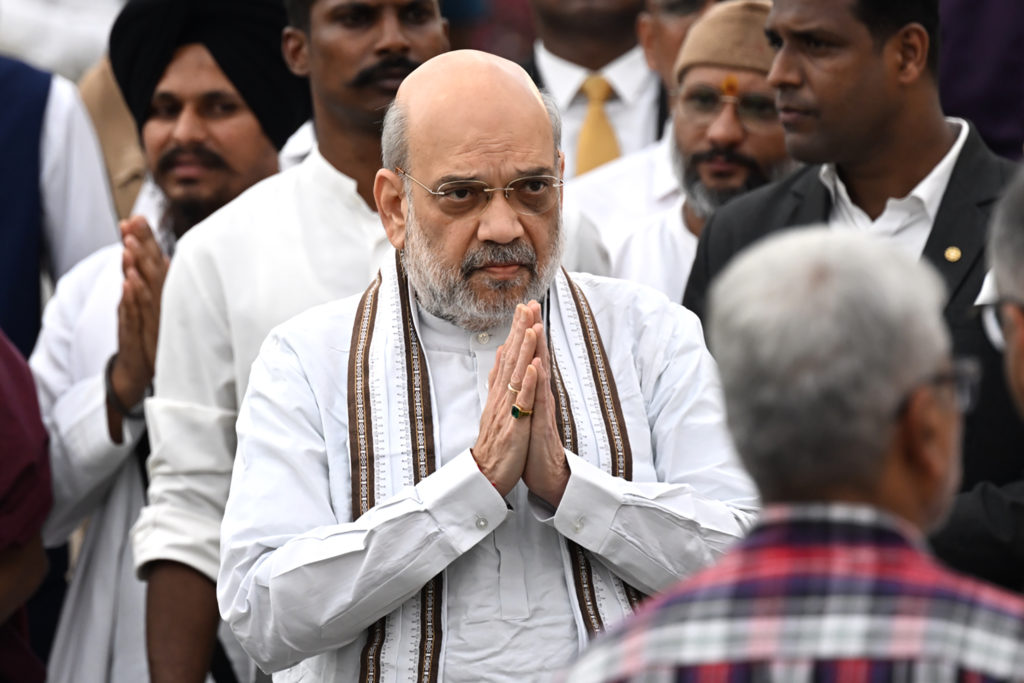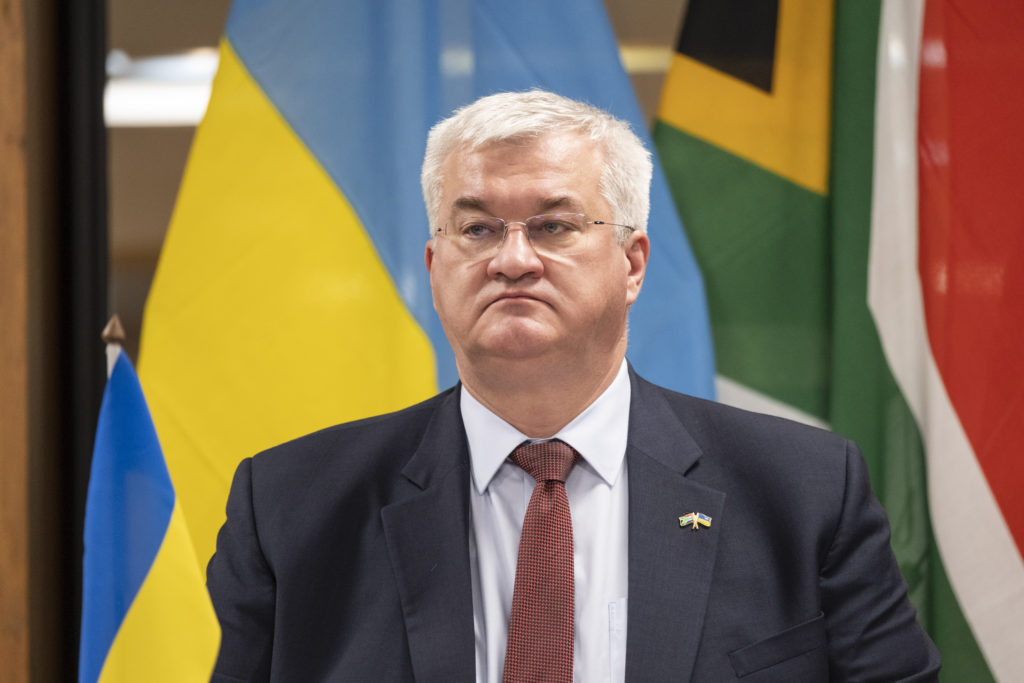Ottawa to shut TikTok’s Canada offices, says app can still be used
Canada said Wednesday it is shutting down TikTok’s offices in the country following a security review, but people will still be allowed to use the popular video-sharing app.”The government is taking action to address the specific national security risks related to ByteDance Ltd.’s operations in Canada,” Francois-Philippe Champagne, minister of innovation, science and industry, said …
Ottawa to shut TikTok’s Canada offices, says app can still be used Read More »







